The Oppo Reno 3 Pro arrived at an interesting time in the smartphone market, positioned as a premium mid-range device that borrows several flagship features while maintaining a relatively accessible price point. Having spent three weeks with this device as my daily driver, I've come to appreciate its thoughtful balance between performance, design, and camera capabilities - though it's not without some compromises that potential buyers should consider.
Design and Build Quality
Oppo continues its tradition of crafting visually striking devices with the Reno 3 Pro. The 7.7mm thin profile makes it one of the slimmest 5G-capable phones available, and the weight distribution at 171g feels premium in hand. The gradient finish on our review unit (Auroral Blue) plays with light beautifully, though it does attract fingerprints. The curved edges and minimal bezels contribute to an impressive 92.1% screen-to-body ratio. What surprised me most was how Oppo managed to include a 4025mAh battery in this slender frame without making the device feel bulky.
The placement of buttons and ports shows thoughtful engineering. The power button sits perfectly at thumb level on the right side, with a satisfying tactile response. Oppo has maintained the 3.5mm headphone jack - a disappearing feature many users still appreciate. The under-display optical fingerprint sensor proved consistently fast in my testing, though it occasionally struggled with moisture or very dry fingers.
Display Performance
Featuring a 6.5-inch AMOLED display with 1080 x 2400 resolution, the Reno 3 Pro delivers vibrant colors and deep blacks expected from this panel technology. The 90Hz refresh rate makes scrolling through social feeds and documents noticeably smoother compared to standard 60Hz displays, though it's not quite as fluid as the 120Hz screens now appearing on some competitors. Outdoor visibility remains good thanks to 800 nits peak brightness, though direct sunlight can still challenge visibility.
Color calibration leans toward the vivid side by default, which makes media consumption enjoyable but might not satisfy purists. Thankfully, the settings offer multiple color profile options including a surprisingly accurate sRGB mode. The HDR10+ certification means supported content on Netflix or YouTube looks fantastic, with excellent contrast in dark scenes. One minor complaint - the curved edges occasionally cause slight color shifting when viewing off-angle.
Performance and Software
Powered by the MediaTek Dimensity 1000L 5G chipset paired with 8GB/12GB RAM options, the Reno 3 Pro handles most tasks with ease. In daily use, apps launch quickly and multitasking between 5-6 applications doesn't produce noticeable slowdowns. Gaming performance proved solid for titles like Call of Duty Mobile at high settings, though extended sessions did lead to some thermal throttling after 30-40 minutes.
The phone runs ColorOS 7 based on Android 10, which has come a long way from Oppo's earlier software iterations. The interface feels cleaner with sensible customization options and less bloatware than before. Some UI elements still feel overly iOS-inspired, and the notification system could be more intuitive. On the plus side, Oppo promises two years of Android updates - a welcome commitment for a mid-range device.
Camera System
Oppo equipped the Reno 3 Pro with a versatile quad-camera setup headlined by a 48MP Sony IMX586 main sensor. Daylight shots deliver excellent detail with natural color reproduction, while the 13MP telephoto lens provides usable 2x optical zoom. The 8MP ultra-wide camera captures decent 116-degree shots, though corner softness becomes apparent when pixel-peeping. Low-light performance impressed me - Night Mode 2.0 produces clean images with minimal noise while maintaining realistic colors.
The 44MP front camera might be overkill resolution-wise, but it captures sharp selfies with good dynamic range. Video stabilization deserves special praise - the combination of OIS and EIS makes handheld 4K footage remarkably steady. The AI-assisted editing tools in the native gallery app, like background removal and color focus, work surprisingly well for quick social media content creation.
Battery Life and Charging
The 4025mAh battery comfortably lasts a full day of moderate to heavy use, averaging about 6-7 hours of screen-on time in my testing. The included 30W VOOC Flash Charge 4.0 adapter can juice up the phone from 0 to 100% in just 57 minutes - a practical advantage over some competitors still shipping with slower chargers. Wireless charging would have been nice at this price point, but its absence isn't unexpected.
5G connectivity does impact battery life noticeably when active, reducing total usage time by about 15-20% compared to 4G-only usage. The power management system works intelligently in the background, though some aggressive app killing might frustrate users who rely on persistent background apps.
Technical Specifications
Dimensions: 158.8 x 73.4 x 7.7 mm
Weight: 171g
Display: 6.5-inch AMOLED, 1080 x 2400, 90Hz refresh rate
Chipset: MediaTek Dimensity 1000L 5G
RAM: 8GB/12GB LPDDR4X
Storage: 128GB/256GB UFS 2.1
Rear Cameras: 48MP main (f/1.7), 13MP telephoto (f/2.4), 8MP ultra-wide (f/2.2), 2MP mono (f/2.4)
Front Camera: 44MP (f/2.4)
Battery: 4025mAh, 30W fast charging
OS: ColorOS 7 based on Android 10
Connectivity: 5G, Wi-Fi 6, Bluetooth 5.1, NFC
Final Verdict
The Oppo Reno 3 Pro stands out as a compelling option for users seeking premium design and camera capabilities without flagship pricing. Its slim profile, excellent display, and capable performance make it suitable for both media consumption and productivity. While the MediaTek chipset doesn't quite match Snapdragon 865 performance and the software still has some quirks, these compromises help maintain an attractive price point.
Photography enthusiasts who prioritize video stabilization and low-light performance will find particular value here. The Reno 3 Pro ultimately succeeds by focusing on what matters most in daily use rather than chasing spec sheet supremacy - a philosophy that results in one of the more balanced smartphones in its class.

By /Jun 4, 2025

By /Jun 4, 2025

By /Jun 4, 2025
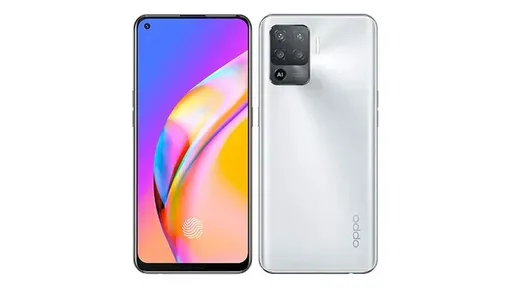
By /Jun 4, 2025
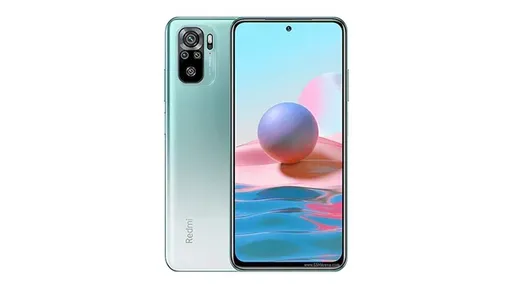
By /Jun 4, 2025
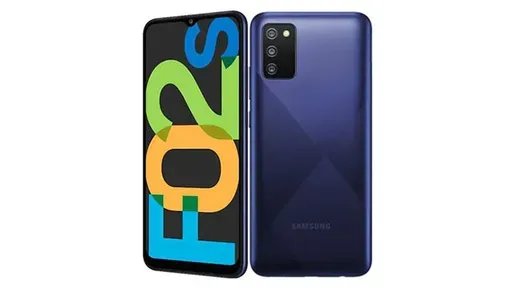
By /Jun 4, 2025
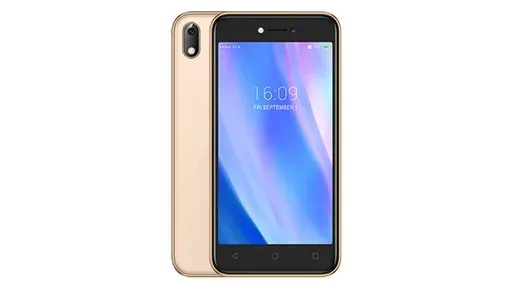
By /Jun 4, 2025
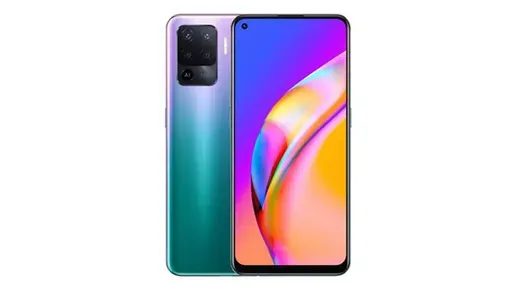
By /Jun 4, 2025

By /Jun 4, 2025
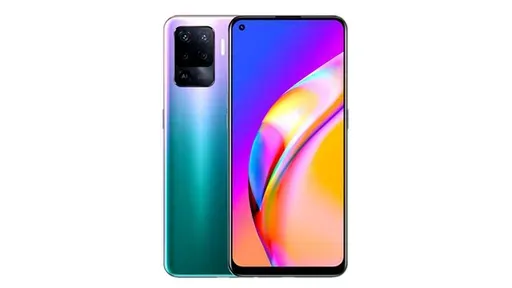
By /Jun 4, 2025
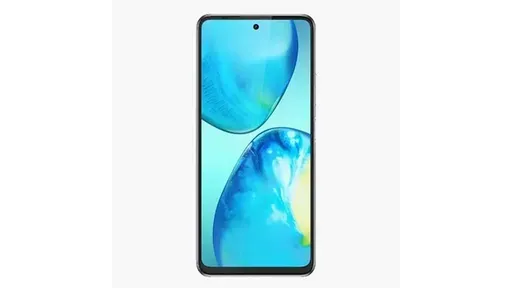
By /Jun 4, 2025
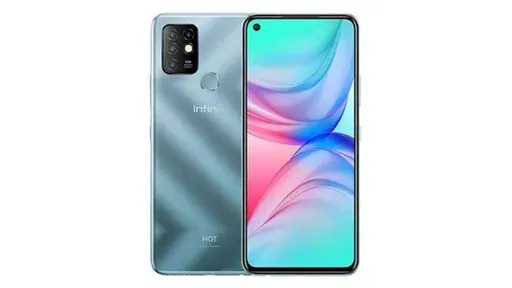
By /Jun 4, 2025
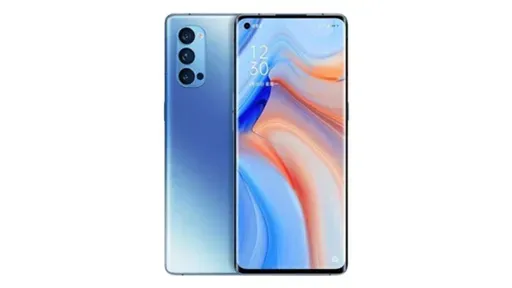
By /Jun 4, 2025

By /Jun 4, 2025
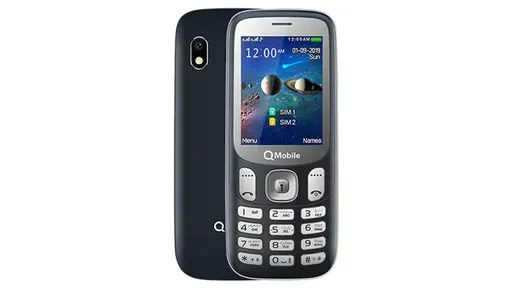
By /Jun 4, 2025

By /Jun 4, 2025
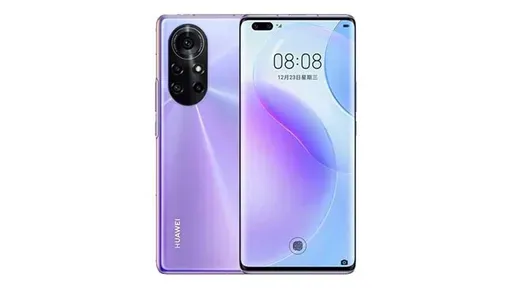
By /Jun 4, 2025
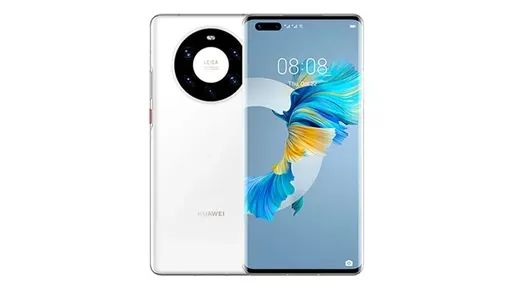
By /Jun 4, 2025
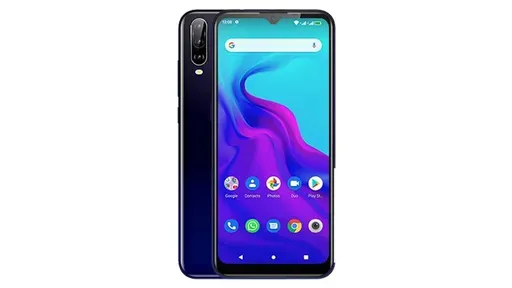
By /Jun 4, 2025

By /Jun 4, 2025
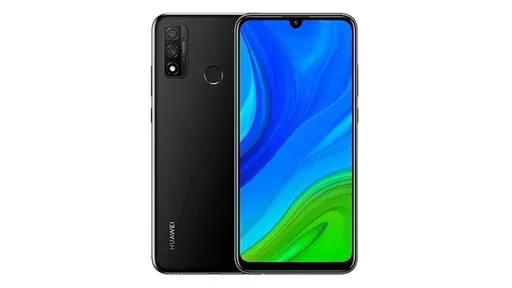
By /Jun 4, 2025
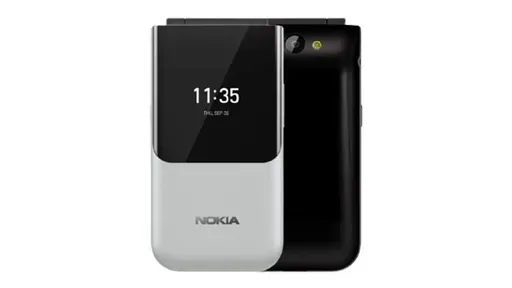
By /Jun 4, 2025
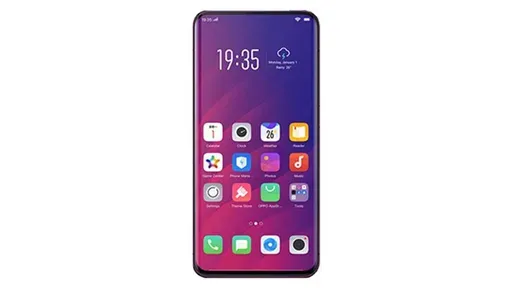
By /Jun 4, 2025
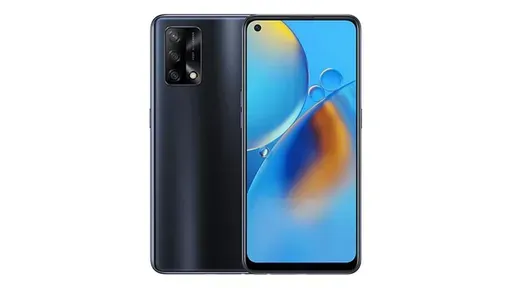
By /Jun 4, 2025

By /Jun 4, 2025

By /Jun 4, 2025
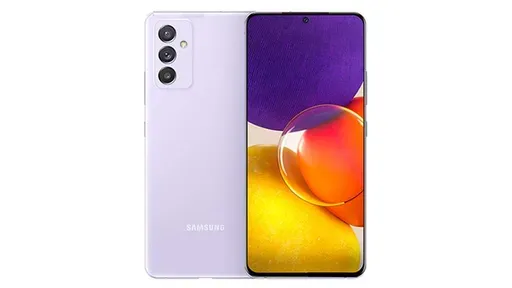
By /Jun 4, 2025
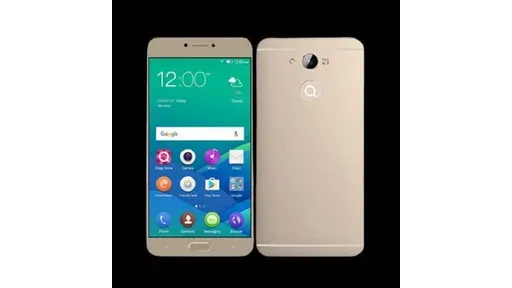
By /Jun 4, 2025

By /Jun 4, 2025
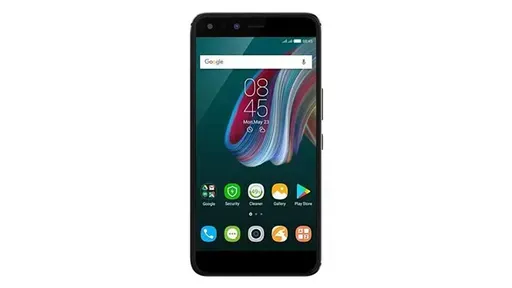
By /Jun 4, 2025
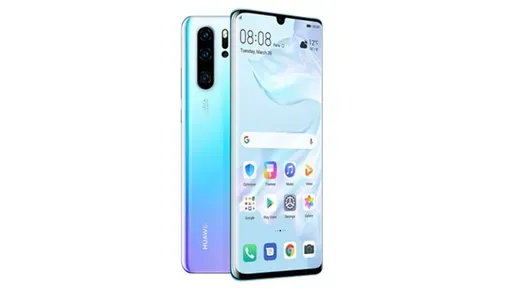
By /Jun 4, 2025
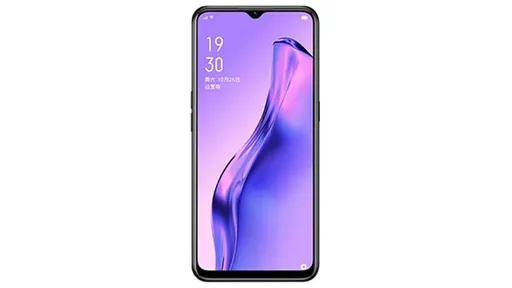
By /Jun 4, 2025

By /Jun 4, 2025

By /Jun 4, 2025
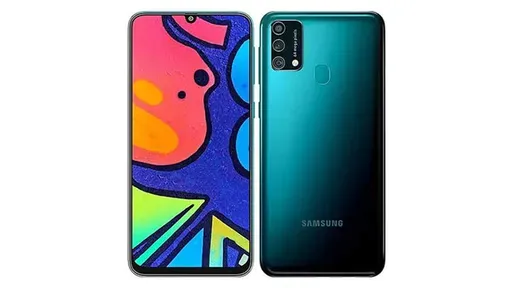
By /Jun 4, 2025